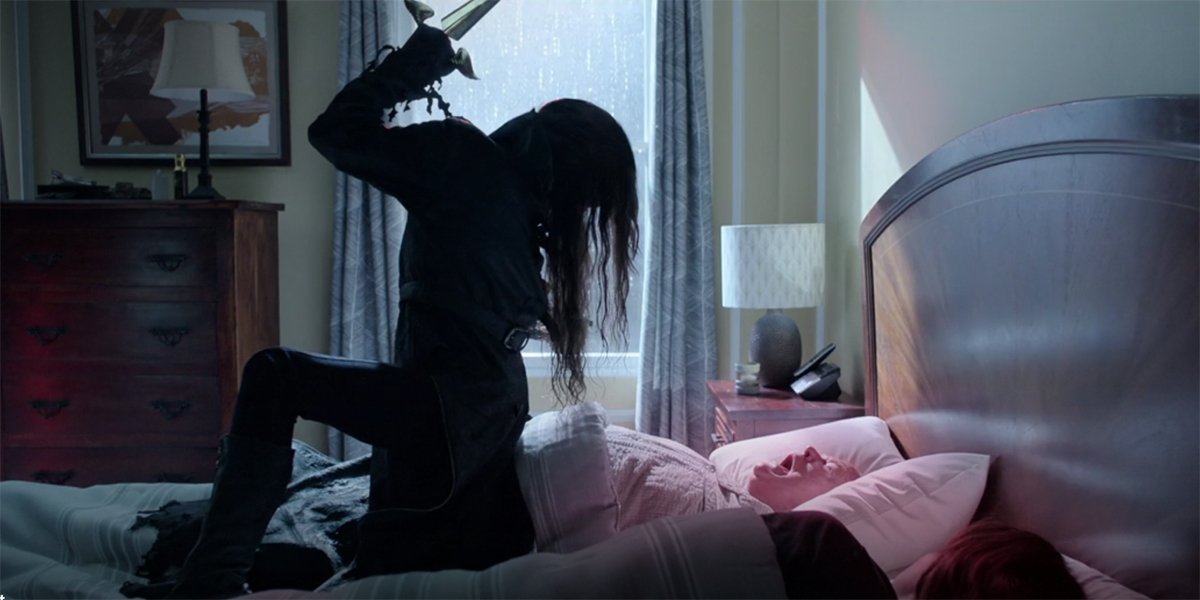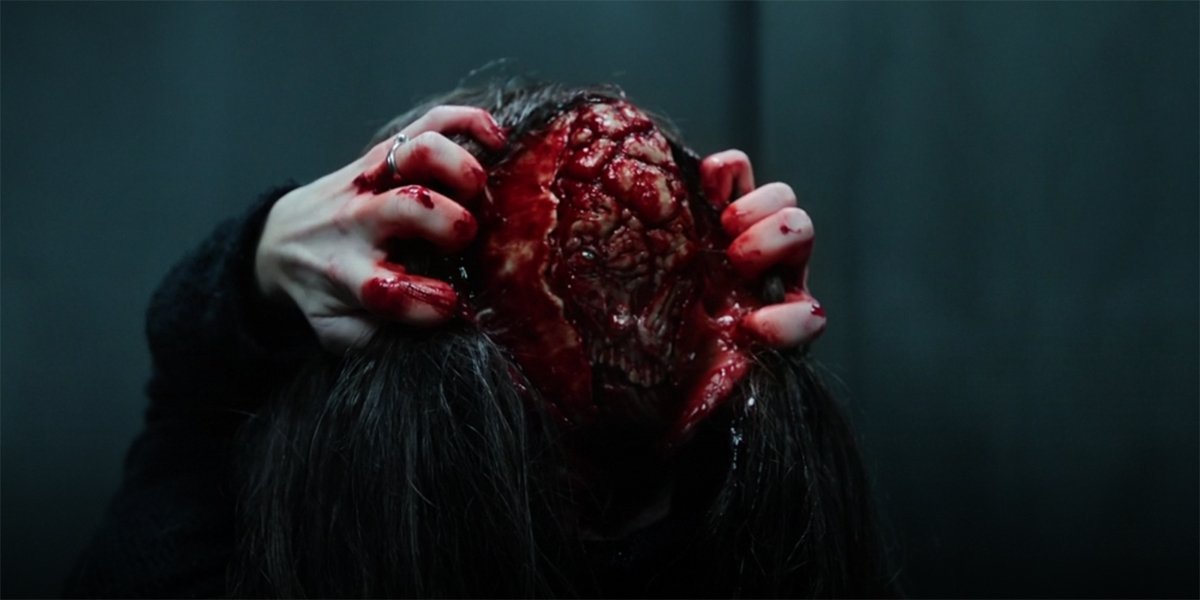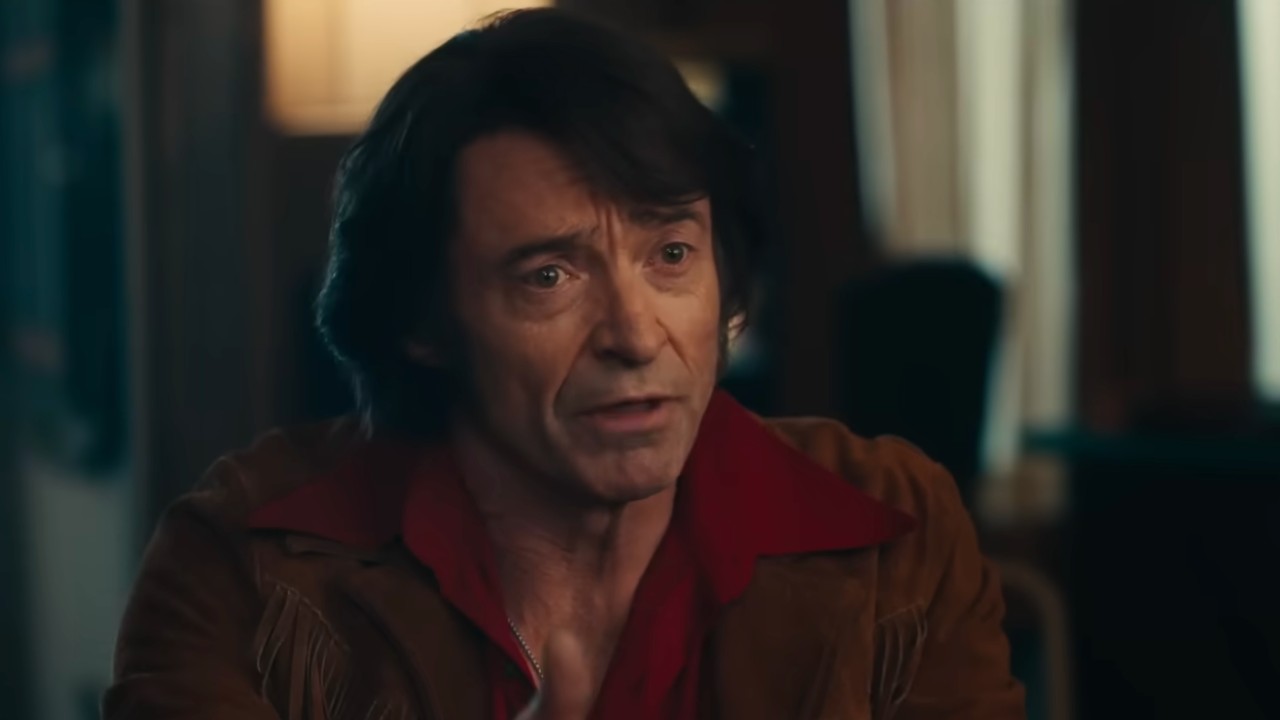Malignant Director James Wan Reveals How He Pulled Off That Bonkers Third Act Twist


SPOILER WARNING: The following article contains massive spoilers for Malignant. If you have not yet seen the film, proceed at your own risk!
James Wan takes audiences on one hell of a wild ride with Malignant, as the energy in the mystery-driven thriller continues to escalate until the movie delivers an awesome shock with the answer to the question, “Who is Gabriel?” Not only is the core concept both disturbing and brilliant, but it’s executed with some incredible style and physicality. Of course, pulling off something like having a horror villain living in the back of a protagonist’s skull is no easy task, but Wan was working with some excellent collaborators on the film, both in the cast and crew, and they all worked together closely to bring the vision to life.
Prior to Malignant’s arrival in theaters and on HBO Max this past weekend, I had the great pleasure of participating in a virtual post-screening Q&A with James Wan, and it was during this event that the filmmaker went into detail about what it took to bring Gabriel to life. I asked Wan about working with Marina Mazepa, the contortionist who plays the movie’s monster, and he opened up about the difficulties faced and accomplishments of the crew throughout the process. Said the director,
Designing and bringing Gabriel to life wasn't an easy task. It really is a combination... it took the entire filmmaking village, as I describe it.
In Malignant, it’s revealed that Gabriel is not simply the imaginary friend of Madison (Annabelle Wallis), or some kind of supernatural long-lost brother – he is a parasitic twin who was mostly removed from the protagonist’s body when she was a child, but has still always literally occupied the back of her mind. The revelation of this reality comes when Madison is locked up in a densely populated holding cell of a police precinct, and when Gabriel makes his presence known to those standing around, chaos and violence ensues.
Given that Gabriel operates Madison’s body in reverse, James Wan needed to find someone who could at least somewhat realistically and naturally walk and move backwards. He expected that some camera and editing trickery would ultimately be needed to sell the concept in addition to the performance, but that turned out not to be the case because Marina Mazepa was able to do everything that the part required. Wan explained,
Marina [Mazepa] was an incredible find. We could not believe it. I thought I had to shoot a lot of the movie in reverse and then play back in reverse. What was amazing about Marina is just how quick of a study she is as a sort of physical body performer/dancer, that she was able to learn the choreography, and she literally did all the fighting backwards blindly. She did it all backwards blindly! And it was insane to sort of watch how that was all choreographed.
When you consider what is done in the precinct sequence, as well as the chase with George Young’s Det. Kekoa Shaw earlier in the film, recognizing how much of Malignant was done practically is pretty damn mind-blowing.
Making the whole thing even more impressive is recognizing the fact that Marina Mazepa had to perform while adorned with some key masking – namely the faces of both Madison and Gabriel. As James Wan described to us, a cast of Annabelle Wallis’ face was worn over Marina’s own face, and on the back of her skull was an animatronic puppet:
Your Daily Blend of Entertainment News
That huge fight in the holding cell was all done by Marina. There was no sort of trickery, if you will; we didn't cheat in any way. She did that all backwards. And so it was a combination of what she did there, and what prosthetic makeup did as well. So we applied a prosthetic life cast of Annabelle's face, and she will wear it on her actual face. And then on the back, she'll be wearing an animatronic head of Gabriel. And so a combination of that, with the amazing special effects team that I had on the film.
When pulling off something has horrifically complicated as Gabriel in Malignant, it helps to work with the best-of-the-best in the industry, and James Wan hooked up with some incredibly talented individuals at legendary effects house Industrial Light and Magic. Some visual effects were still required for the production, for example when digitally erasing puppeteer cables, but they were primarily used to highlight the practical work:
Like most practical effects, you need to hide the puppeteer, right? Like literally you need to hide the cables and stuff like that, but the great thing with having modern visual effects at our disposal compared to what they had in the ‘80s is I could paint people out. I can have people who would be really close by, can have cables sticking out and stuff like that, that doesn't have to be in the final film. And so it made the process much better in that respect.
It proved to be an interesting filmmaking challenge for James Wan, as it allowed him to lean into the wide variety of experiences he has had as a director in the last 17 years. Clearly Malignant sees him leaning into the gritty and bloody flavors that propelled his early movies like Saw, Dead Silence, and Death Sentence, but the complications involved also saw him reflecting on his time making blockbusters like Furious 7 and Aquaman.
Answering a question specifically about the animatronics used in the new movie, James Wan added,
It was pretty cool to bring with me just all the experiences that I've gained from making my bigger movies to this film that is really honestly made with the spirit of a more down and dirty approach.
The third act of Malignant is a cinematic experience that horror fans will continue to enjoy over and over again in the years to come, and hopefully knowing all of this will only enhance your appreciation of how it all comes together. And if you’re in the mood right now to watch the film, it is currently playing in theaters everywhere, and is available to stream on HBO Max.

Eric Eisenberg is the Assistant Managing Editor at CinemaBlend. After graduating Boston University and earning a bachelor’s degree in journalism, he took a part-time job as a staff writer for CinemaBlend, and after six months was offered the opportunity to move to Los Angeles and take on a newly created West Coast Editor position. Over a decade later, he's continuing to advance his interests and expertise. In addition to conducting filmmaker interviews and contributing to the news and feature content of the site, Eric also oversees the Movie Reviews section, writes the the weekend box office report (published Sundays), and is the site's resident Stephen King expert. He has two King-related columns.
